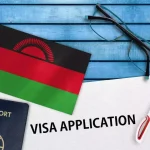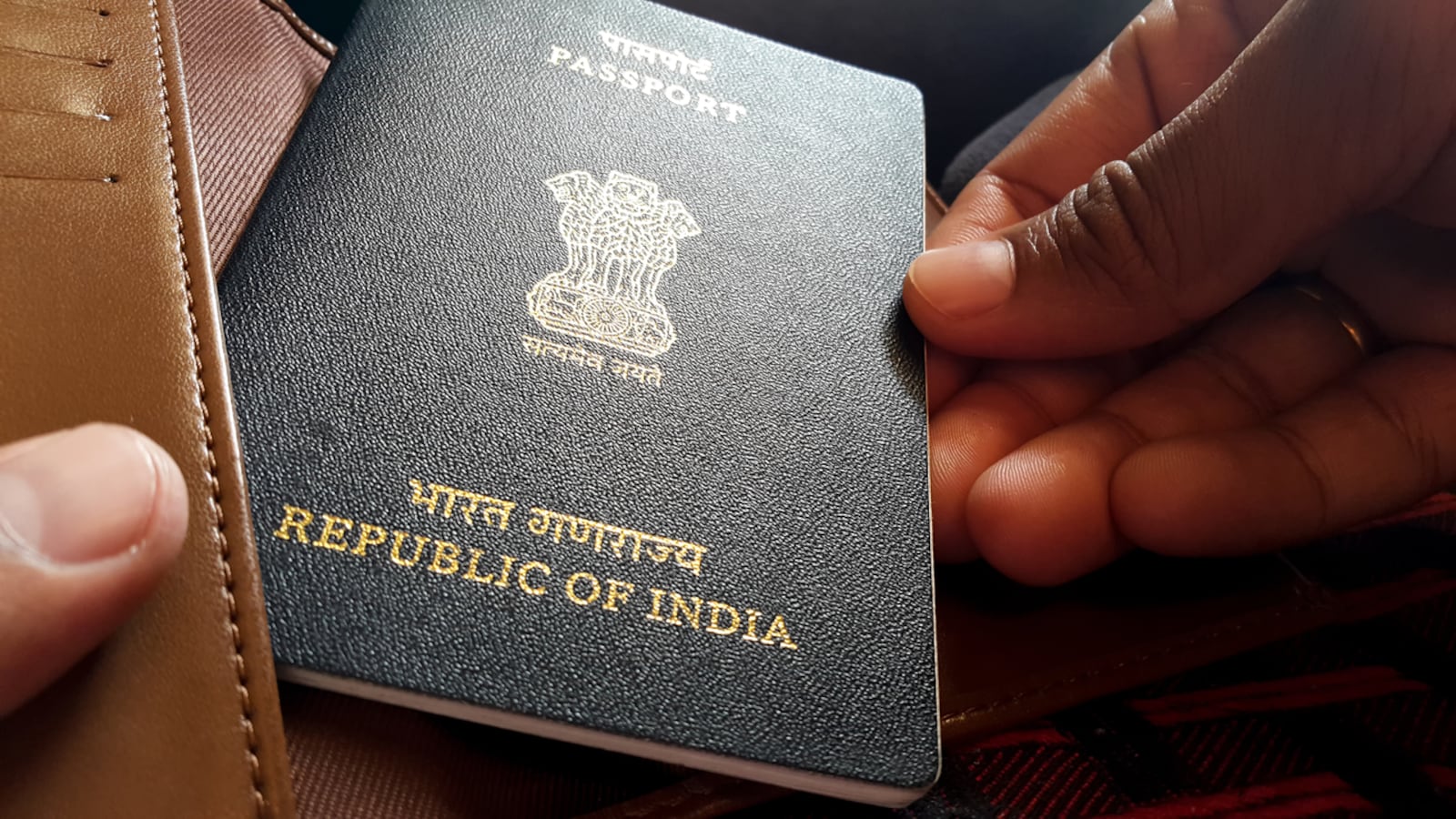If you’re an Australian or British citizen thinking about exploring the Great White North, you’ll need to navigate the Canadian visa process. Whether you’re planning a vacation, pursuing higher education, or seeking employment, understanding the different visa categories and application procedures is crucial. In this guide, we’ll break down everything you need to know about obtaining a Canada visa tailored specifically for Australians and Brits. CANADA VISA FOR AUSTRALIAN CITIZENS
Understanding Visa Categories
When it comes to visiting or relocating to Canada, there are several visa categories available, each designed for specific purposes. Let’s dive into the types of visas available for Australian and British citizens.
Types of Canada Visas for Australian Citizens
For Australians, the Canadian visa options are as diverse as the landscapes of Canada itself. Here are the most common visa types:
Visitor Visa
If you’re planning to visit Canada for tourism, family visits, or business meetings, you’ll need a visitor visa. This visa allows you to stay in Canada for up to six months. The application process is relatively straightforward, but be prepared to show proof of your ties to Australia, such as a job, family, or property, to ensure your return after your visit. CANADA VISA FOR BRITISH
Study Permit
Thinking of studying in Canada? You’ll need a study permit. This visa allows international students to pursue education at designated learning institutions (DLIs) in Canada. Make sure to apply for your study permit well in advance of your program start date, as processing can take time. Don’t forget to have your acceptance letter from a DLI handy when applying!
Work Permit
If your goal is to work in Canada, you’ll need a work permit. There are two main types: open work permits, which allow you to work for any employer in Canada, and employer-specific work permits, which are tied to a specific job offer. Ensure that you have a valid job offer and meet the eligibility requirements for your desired work permit type.
Types of Canada Visas for British Citizens
British citizens enjoy similar visa options as Australians when it comes to Canada. Here’s what you need to know:
Visitor Visa
Similar to Australian citizens, Brits need a visitor visa for short visits to Canada. Be prepared to provide evidence of your intention to return to the UK, such as proof of employment or property ownership. The application process remains consistent across both countries.
Study Permit
British students looking to further their education in Canada will also need a study permit. Make sure you’re enrolled in a DLI and apply for your permit early to avoid any last-minute hassles. The requirements are mostly the same as those for Australians.
Work Permit
If you’re a British citizen planning to work in Canada, you’ll have to apply for a work permit, just like Australians. Ensure that you have a job offer and meet the specific criteria for the type of work permit you need.
How to Apply for a Canada Visa
Now that you know the types of visas available, let’s look at the step-by-step process to apply for your Canada visa.
Step 1: Determine Your Eligibility
Before you dive into the application, it’s essential to determine your eligibility for the specific visa type you’re interested in. Check the Government of Canada’s website for detailed requirements based on your nationality and visa category.
Step 2: Gather Required Documents
Once you’ve established your eligibility, gather all necessary documents. Common documents include:
- A valid passport
- Proof of funds (bank statements)
- A letter of invitation (if applicable)
- Proof of ties to your home country (job, property, etc.)
- Additional documents as required by your specific visa type
Step 3: Complete Your Application
With your documents in hand, you can now complete the application form. Ensure that all information is accurate and complete. Mistakes can delay your application or lead to a rejection, so double-check everything before submitting.
Step 4: Pay the Application Fee
After completing your application, you’ll need to pay the associated fee. The fee varies depending on the visa type, so make sure to check the current rates on the official website. Keep a receipt of your payment, as you may need it later.
Step 5: Submit Your Application
Finally, submit your application. Depending on your location, you may be able to submit it online, by mail, or in person at a Canadian embassy or consulate. Be sure to keep track of your application status.
Processing Times and Fees
Processing times for Canada visas can vary based on several factors, including the visa type and the volume of applications. On average, it can take anywhere from a few weeks to several months. It’s essential to check the official website for the most up-to-date processing times. Additionally, be aware of the various fees associated with the application process, which can also change, so stay informed.
Tips for a Successful Visa Application
To enhance your chances of securing a visa, consider these tips:
- Be Honest: Always provide truthful information in your application. Any discrepancies can lead to denial.
- Complete Applications: Ensure every section of the application is filled out and all required documents are included.
- Seek Professional Advice: If you’re unsure about the process, consider consulting an immigration expert.
- Stay Informed: Keep an eye on any changes in visa policies or requirements that may affect your application.
Conclusion
Navigating the Canada visa process may seem daunting, but with the right information and preparation, you can successfully obtain a visa whether you’re an Australian or British citizen. Remember to stay organized, gather all required documents, and follow the application steps carefully. Before you know it, you’ll be on your way to exploring Canada’s beautiful landscapes and vibrant cities.





























